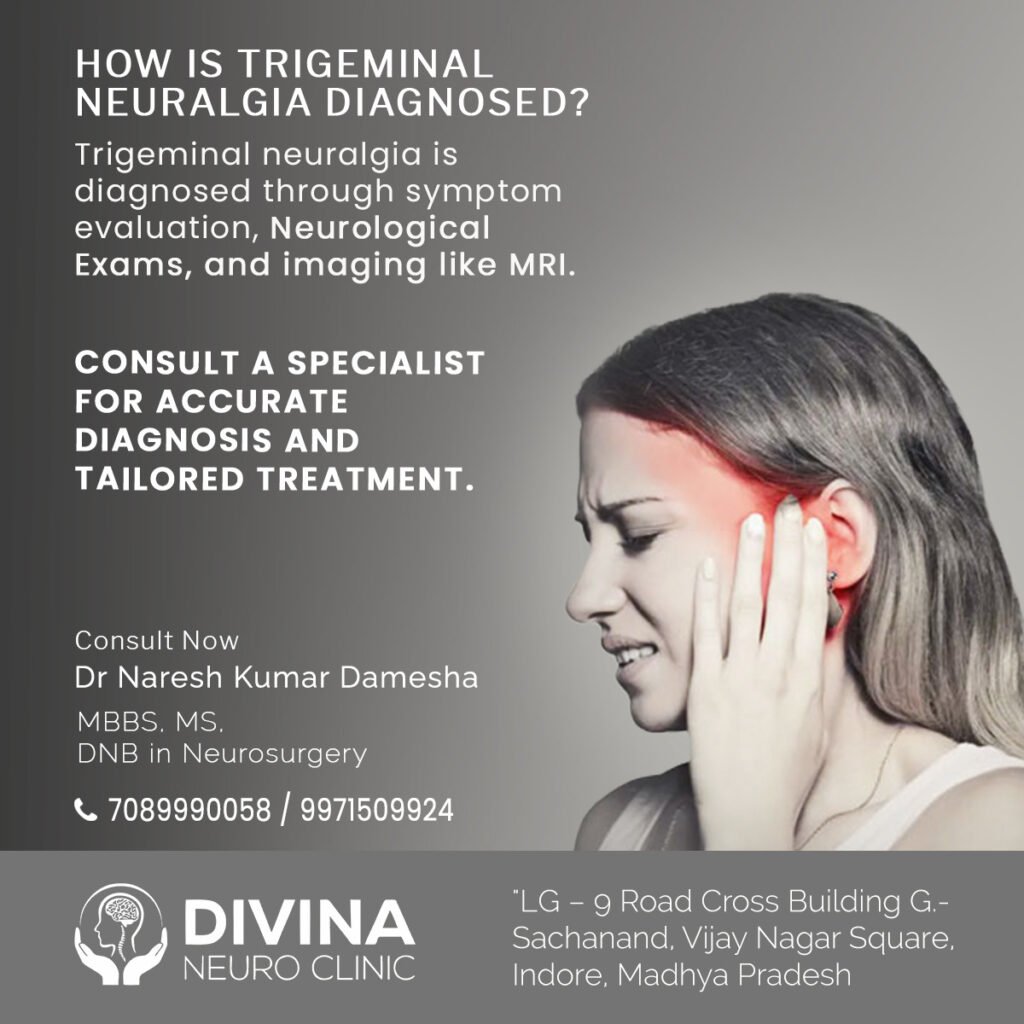How is Trigeminal Neuralgia Diagnosed?
Trigeminal neuralgia is a chronic pain condition wherein the trigeminal nerve, responsible for transmitting sensations from the face to the brain, is affected. Proper diagnosis will ensure effective treatment. The following is a breakdown of how the condition is diagnosed.

Understanding Symptoms of Trigeminal Neuralgia
Diagnosis of trigeminal neuralgia begins with the discussion of symptoms with a doctor. The cardinal symptoms are sudden, severe facial pains that feel like an electric shock.
Pain episodes generally are brief, lasting from only a few seconds to up to a couple of minutes, and may be triggered by normal activities, such as chewing or touching the face. Specific details about the location, type, and frequency of the pain help guide the diagnosis.
Physical and Neurological Examination of Trigeminal Neuralgia
Most likely, a doctor will carry out a detailed physical and neurological examination searching for the possible causes of facial pain.
He or she may test reflexes, looking for signs of nerve damage or abnormalities to help rule out other conditions that may mimic trigeminal neuralgia.
Imaging Tests: MRI Scans
Physicians generally rely on MRI to determine whether another condition, such as MS or a tumor, is pressing on the trigeminal nerve. In some instances, doctors may order specialized imaging to view blood vessels around the nerve, since this condition can be caused by pressure from a blood vessel.
Exclusion of Other Conditions
Given that the symptoms of trigeminal neuralgia often overlap with many other medical conditions, a doctor may try to rule out other causes that could explain such symptoms, such as a dental problem, sinus infection, or migraine. In most cases, the diagnosis would be made by exclusion to establish the condition.
Conclusion
Trigeminal neuralgia diagnosis is based on symptoms and careful analysis, neurological exams, and imaging tests to rule out other possible causes. With an early diagnosis, adequate treatment can improve the quality of life of affected people. Unexplained facial pains always call for consultations with a specialist.
Dr. Naresh Kumar Damesha
Consulting Neurosurgeon

Leave a Reply